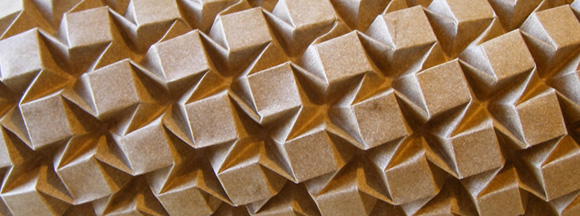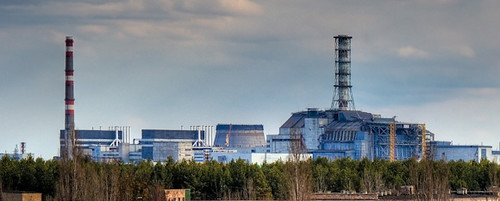A few weeks back, I was invited by my friend, and fellow product designer, Inna Alesina to give a talk about Humblefacture to the design community at MICA in Baltimore. It was nice to have an opportunity to thoroughly explain the principles of Humblefacture -- this was the most in-depth talk I've had the opportunity to give. More importantly, some of the questions that came up were very interesting (thanks to my friend David Troy, there were an interesting collection of VCs in the audience). In case you'd like to skip ahead, this link will take you straight to the Q&A.
Inna is also very interested in the materiality of design (Her book Exploring Materials: Creative Design for Everyday Objects is excellent), and she and I are collaborating on a student project -- The 100 Mile Design Challenge. The rules are simple - All materials and energy have to be sourcable from within 100 miles of your downtown. My students work from Seattle, Her's work from Baltimore. The MICA Trip was also a chance to meet with Inna's design class and talk about techniques and opportunities for the project. Stay tuned - we have been awarded space to exhibit this year at ICFF 2011!

Last week, in a surprisingly quick, decisive coup, the authoritarian government of Tunisia was driven out of power. This in itself was surprising, but the other day, the Alexis Madrigal blogged about a group of protesters with an unusual banner. That's right -- Mark Zuckerberg, founder of Facebook is a hero of the jasmine revolution. Alexis reads this as a nod to the role that social networks played in coordinating the resistance, and eventual ouster of Dictator Ben Ali. I think it speaks of something even larger -- especially as the social cloud is joined by the manufacturing cloud.

An early post on the blog put forward the idea that information, more than matter and energy, was responsible for the utility of objects. Recognizing the separation of information from these more traditional "stuff" delineators makes for new, and exciting opportunities for manufacturers. One of the fundamental tenets of Humblefacture is that complex order -- valuable information -- can be confered to matter without overly expensive machinery, or outrageous expenditure of energy. Moreover, because this order in the final object can at some point be described as information (a digital file, for example), this methodology of fabrication opens the door to global remix, re-purposing, and conversation, without the need to send heavy matter. This would fundamentally upset the current "developed vs developing" world structure -- designers everywhere would be able to make anything they had the wit to crystalize out of a single share idea ocean. While this might seem outrageous to product designers (I know I've gotten weird looks from my fellow IDSAers), practitioners of origami have been used to it for a while.

A fundamental tenet of Humblefacture is the importance of scale. Yes, material composition of products is important. And certainly the location of production realative to use is also key. But the concept of scale implies that there are some intensities, or sizes, or durations which are simply too large to fit within the Humblefacture framework. The reason for this, it turns out, is that there is one common unit we all share - the human.

Recently, Humblefacture (and our lab The Humblefactory) have been exploring the potential of open source product design as a part of a more equitable, appropriate manufacturing. Chris Anderson at Wired Magazine has also been interested in this sort of thing for a little while; A recent article of his profiled a number of small-scale producers using open design and flexible manufacturing to make niche products that can compete with the big boys. It's great to see a big voice like Chris behind the open hardware movement (even better, his money is where his mouth is, with the success of his DIY Drones company). Even so, we can't help but think that the future that Chris describes doesn't go far enough. Where "the next industrial revolution" he describes has an open, but still top-down manufacturing structure (finished objects are still made by single manufacturers, just smaller ones, more flexibly) we imagine something entirely new. With a few tweaks, we might have manufacturing with unprecedented accessibility and specificity. You might call it cloud manufacturing, and it could be the most important step toward true locally appropriate manufacturing.







